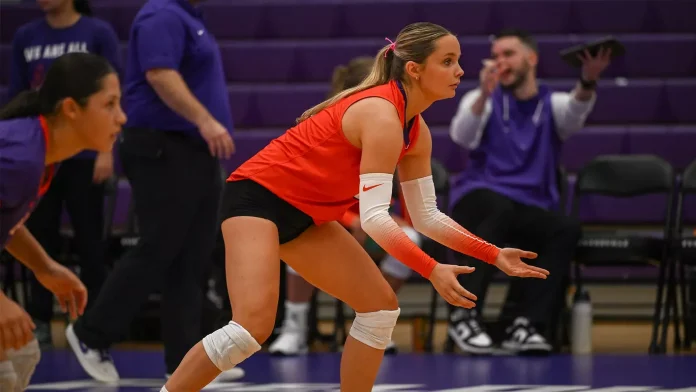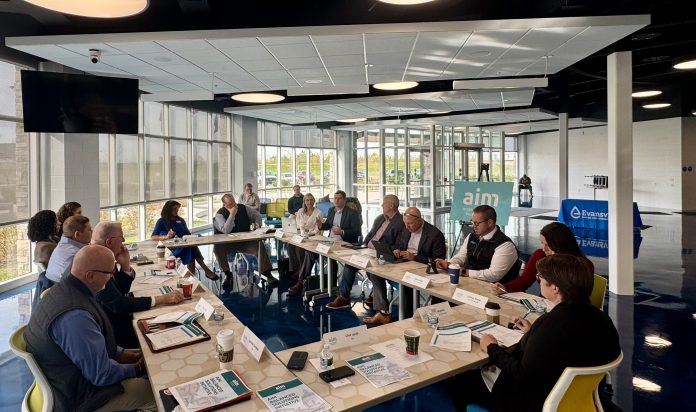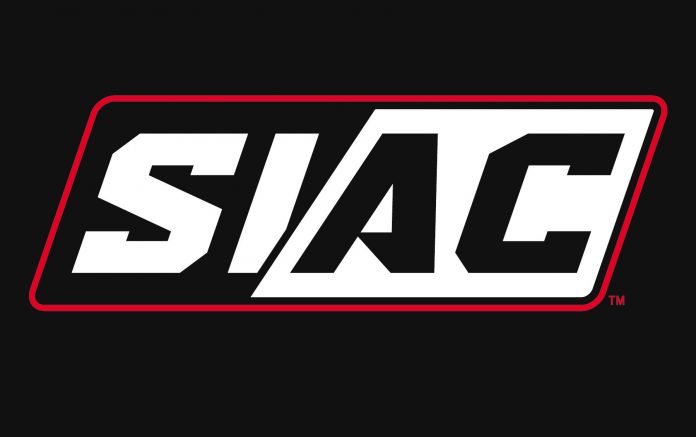Evansville looks to win their second consecutive MVC Tournament title
EVANSVILLE, Ind. – After a dominant win over fifth-seeded UIC in Wednesday’s MVC Semifinal, the University of Evansville men’s soccer team will host the MVC Championship match for the first time in 30 years this Saturday at Arad McCutchan Stadium. Evansville welcomes sixth-seeded Western Michigan for the right to advance to the NCAA Tournament. Kick-off is set for 6 PM.
MVC Championship History
Evansville is making its seventh appearance in the MVC Championship game, including their fourth in the last five years. The Purple Aces are 2-4 all-time in title matches, with wins coming in 1996 and 2024. Evansville won last season’s final in dramatic fashion, scoring a golden goal in the 99th minute to defeat Bowling Green. With a win, Evansville would qualify for the NCAA Tournament for the 13th time in program history and make back-to-back appearances for the first time since 1991-92.
Western Michigan is making their second appearance in the MVC Championship game since joining the league in 2023. The Broncos won the MVC Tournament in 2023 with a 2-1 win over Missouri State.
Last Time Out
Entering the MVC Tournament with the number one seed for the first time in program history, the Aces flexed their muscles on Wednesday night, besting fifth-seeded UIC 4-1 at Arad McCutchan Stadium.
MVC Freshman of the Year Andres Escudero (San Sebastián de los Reyes, Spain/IES Joan Miro) notched his fourth brace of the season, scoring the Aces’ first and fourth goals. Devin Shepherd (Denver, Colo./Arapahoe) and Nate Roberts (Las Vegas, Nev./Bishop Gorman) added goals to mark Evansville’s highest scoring output of the season.
Evansville jumped on the Flames immediately, with Pablo Calvete (Ponferrada, Spain/UNIR) taking the ball away from a UIC player and using some nifty dribbling to send a through ball to Escudero. From there, Evansville’s star freshman used his speed to get behind the defense and sneak a right-footed shot past the UIC keeper and inside the far post to net his 10th goal of the season.
The Purple Aces kept the pressure on, as Escudero nearly found another goal less than two minutes later, beginning a barrage of six shots in the next 20 minutes of play. The Aces broke through in the 25th minute on a wild sequence, with Escudero and Tancredi Fadda (Monza, Italy/University of Milan) tallying shots before Shepherd came up with possession. From just inside the right side of the box, Sheperd struck, hitting the crossbar and finding the back of the net for his fifth goal of the year, making it 2-0.
The Evansville offense kept humming in the first half, finding another scoring chance in the 35th minute off an errant pass from the UIC keeper. Armon Haghighat (Irvine, Calif./Irvine Valley CC) corralled the ball before passing to Roberts, who gave the ball to Ben Zec (Carmel, Ind./Carmel) at the top of the box. Zec gave the ball right back to Roberts, who slid a shot past the keeper for his second goal in the last three matches and increasing the lead to three.
In the final minute of the half, UIC earned a penalty, and although the penalty shot was saved by Evansville keeper Michal Mroz (Elk Grove, Ill./Elk Grove), the Flames’ Edouard Nys collected his shot and tapped the ball in to make it 3-1 heading into half.
Evansville put a cherry on top of the night in the 66th minute of play, finding their fourth goal of the evening. Nacho Diaz-Caneja (Coruña, Spain/Oregon State) started the attack, putting a beautiful pass into the box for Shepherd. Although Shepherd’s shot was saved, Escudero collected the deflection right in front of the goal for a tap-in, securing the brace.











